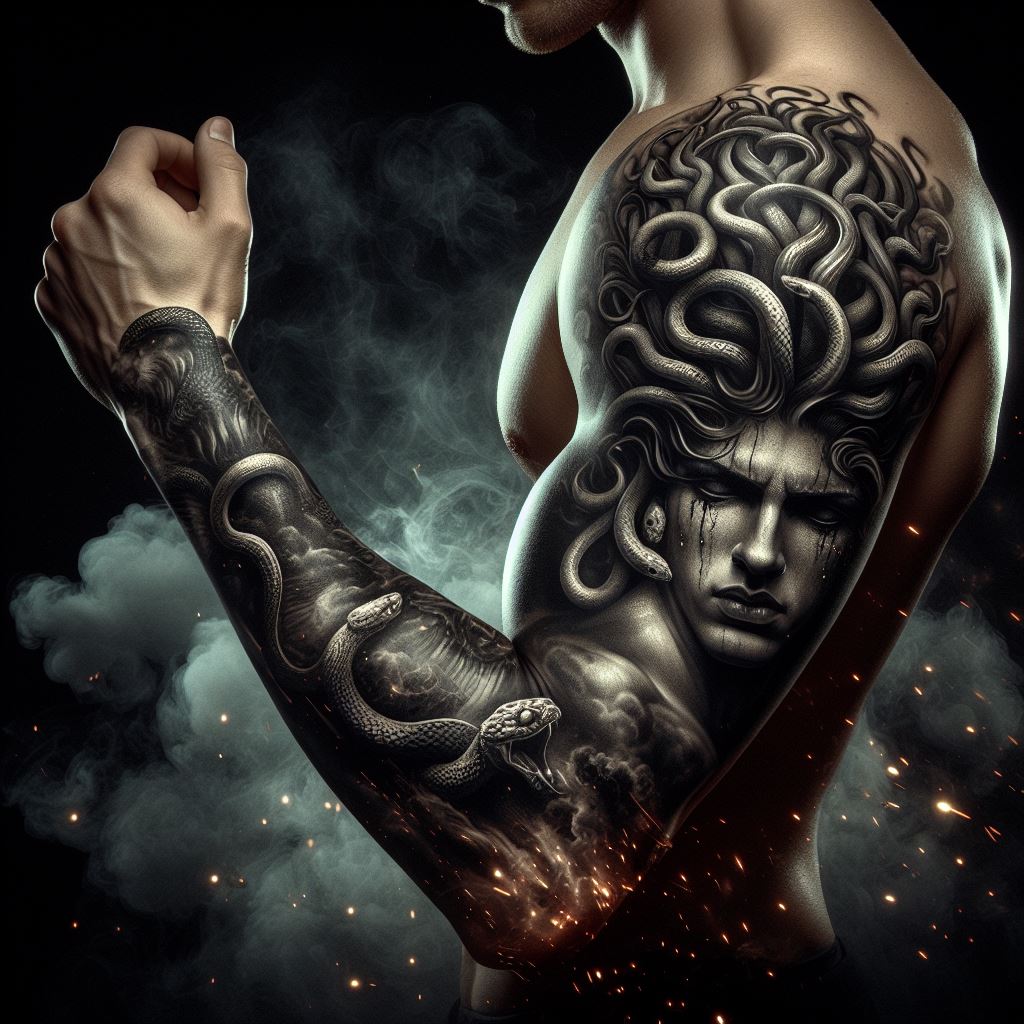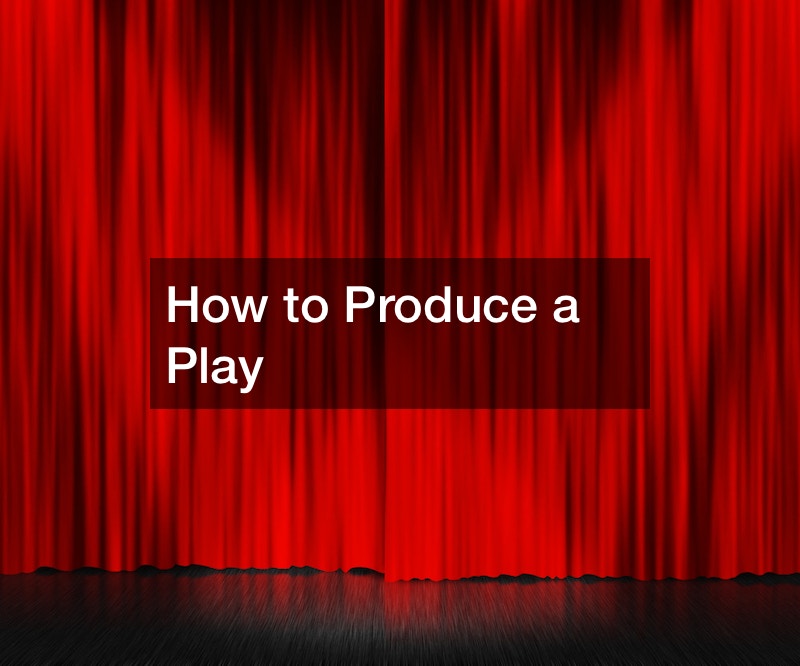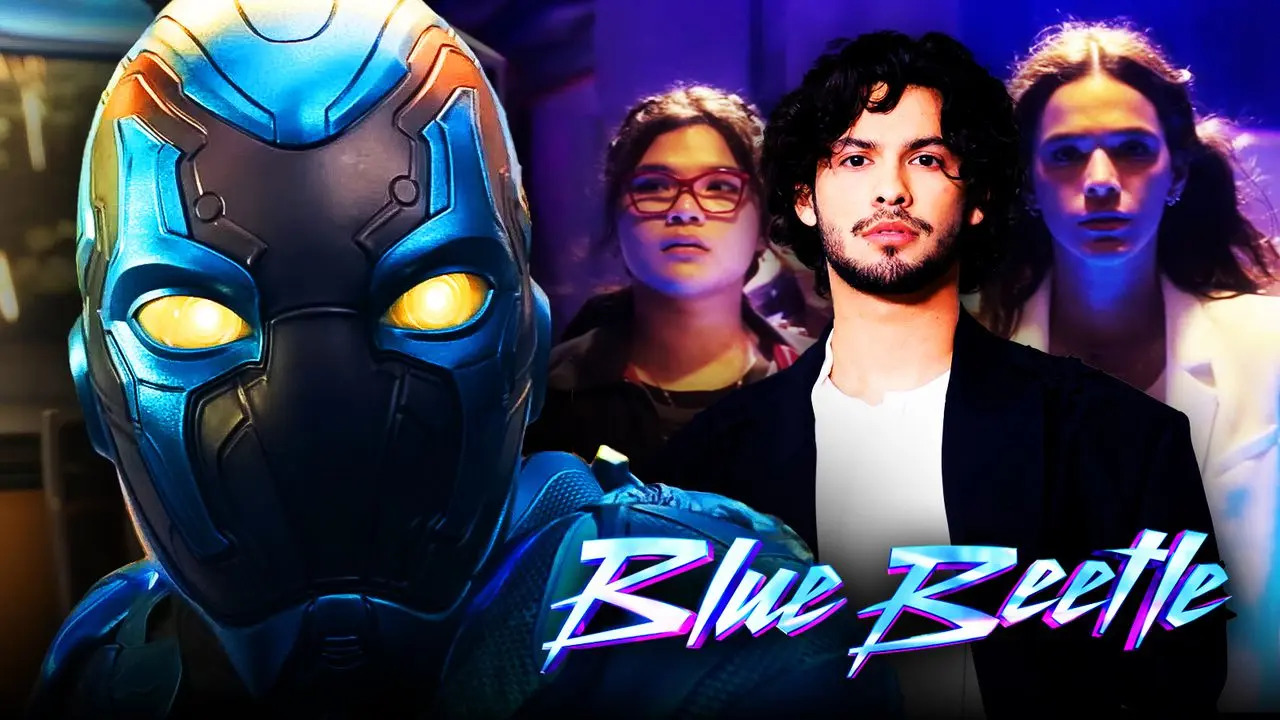From a literary standpoint, the Hobbits were representative of the best qualities of a refined gentleman: mild-mannered and with a heart of gold, constantly busying themselves with good conversation and tea, or ensuring that their well-manicured burrow remains as visually appealing as possible. Basically, they were written to be miniature Englishmen and women. But despite being timid in nature and small in stature, the gentle but noble Hobbit can rise to the occasion and become true heroes, as we see throughout the books. This is especially poignant, considering that Hobbits would rather eat three breakfasts and nap rather than fight in a war, let alone a conflict that would shake the very foundations of the world they live in.
This much is true in the books, which had a unique focus on naivety and purity-of-heart vanquishing even the most terrifying of foes, of small men leading warriors to battle evil, on size not dictating a fight. The Lord of the Rings: The Fellowship of the Ring movie, however, fails at that.
Perhaps “fail” is too strong a word. I merely mean to say that, rather than the Hobbits taking center stage, recruiting the most powerful adventurer party this side of Dungeons and Dragons, and leading the charge against Sauron and the forces of Mordor, the movie showed an inversion: it was the mighty Human Ranger, the cunning Elf Rogue, the strong Dwarven Warrior, and the arcane Wizard who takes the Hobbit on a journey across Middle-Earth. Sure, they showed the Fellowship volunteering to accompany the Hobbits to Mordor, but the rest of the movie, and indeed the series, chose to focus on the Human, the Elf, the Dwarf, and the Wizard, rather than on the quiet, but noble Hobbits. While this elevated the series into a visually stunning and completely epic sword-and-sorcery story, it unfortunately laid to the roadside the humble Hobbits.

J.R.R. Tolkien mentions that the Lord of the Rings was supposed to be a story of how even the most corrupting of evil cannot withstand the power of innocence in its rawest form, that gentleness can beat might, and that even the smallest creature can defeat giants. But The Lord of the Rings: The Fellowship of the Ring movie was given to us at a time when Hollywood blockbusters seemingly required action, violence, over-the-top explosions, and in-your-face heroism. From a movie perspective, it transcends the modern blockbuster genre, balancing mind-blowing special effects with a balanced storytelling pace that tries to condense an epic such as Lord of the Rings into films and achieving something that many fantasy movies weren’t able to do: make a good fantasy movie.
Yes, The Lord of the Rings: The Fellowship of the Ring is a good movie. In fact, it’s a great movie, and is the perfect first movie to watch (and is the first in the LOTR chronology anyway) when undertaking to watch the entire The Lord of the Rings AND The Hobbit movie franchises. But does it stay true to J.R.R Tolkien’s vision? Not very.
As Good As The Books?
After watching The Fellowship of the Ring for the first time back in 2001, I remember having my mind blown by the visual effects, the acting, and basically seeing a book from my childhood come to life in the most awe-inspiring way. However, a second (and third, and fourth) screening later got me thinking: was it actually this exciting in the books?

So I looked for my old, well-worn copy of The Lord of the Rings and re-read it (not as quickly as before). After an, ehem, unspecified amount of time (a couple of weeks), I finally finished re-reading the first part of the book (which is what the Fellowship movie is based on). While it was still just as fantastic and just as riveting as I remember, it doesn’t exactly scream “action packed”. Tolkien was an absolute master at world-building, but with this world-driven narrative, the pace can be glacially slow at times, with many meanderings towards the history of names and words and seemingly unimportant details.
In the movie, the climax happens at the Bridge of Khazad-dûm, where Gandalf squares off against the ancient Balrog of Morgoth. This particular scene features an exciting standoff between an agent of Good and an agent of Evil and locks them in deadly combat against one another. There is edge-of-your-seat excitement as the Fellowship flees from the legion of Orcs and cave trolls, a rush of adrenaline as they cross the bridge, a sense of fear when the Balrog finally unfurls itself, and a feeling of heroism as Gandalf unsheathes his sword and declares the now famous “You shall not pass!” phrase.

The practical and special effects they used synced up perfectly, the acting was on point, and the sound track and sound effects they used amplified it even further. Visually, it was a stunning scene that was engaging, poignant, and sensational, which is impressive, considering that the chapter the scene was based on, also titled “Bridge of Khazad-dûm”, took up less than 500 words.
But this wasn’t the only instance of the movie diverging from the book, and listing down every single difference would be a whole other story altogether, so let’s talk about the crucial difference between the two mediums: the narrative.
In its entirety, The Lord of the Rings is structured less like beginning-middle-end and more like background-beginning-adventure episode-adventure episode-adventure episode-adventure episode-end-conclusion-footnotes. The adage “the journey is more important than the destination” is perhaps the most apropos description of the book, which is styled more like a Victorian travel guide/episodic adventure story rather than a clear-cut linear narrative. The book was adept at showing readers the essential nature of each character with every ‘episode’, while the movie showed this is in a slow unfurling across a narrative arc spanning 3 movies.

Of course, one isn’t necessarily better than the other, but I personally enjoyed the slow, meandering, even glacially slow, pacing of the book. There is something about reading a journey that’s split into episodic chapters which somehow involves and engages you directly, making you a part of the adventure by putting you in the heat of every moment, at the heart of the action, whereas a narrative arc strives to place you on the sidelines, a Watcher in the Water so to speak. The book made you yearn for more of the journey, the movie made you want to see the conflict resolved. Again, at the end of the day, it all boils down to personal choice, but for me, I always enjoyed reading about the various sights and sounds of Middle-Earth; Tolkien, in his archaic, but heavily refined, style of prose, spoke in lengths about rolling hills and valleys, impossibly beautiful architecture, endless fields and roads that went on and on forever, towering mountains, mysterious forests, crystal-clear rivers and lakes, villages, caves, and so on. Of course the Ring of Power was always in the backdrop, but more like a Macguffin, a fearful static rather than as an active narrative tool that brought destruction to its wielders.
There are just far too many subtleties and landscapes that even modern CGI and cinematography simply cannot capture, and even though Peter Jackson created an amazing movie, Tolkien’s written word was, is, and forever will be, at least for me, superior to all other media.
A Fantastic Effort
But for all its “flaws” (I use the term loosely), Peter Jackson, the New Zealand native who directed the Fellowship and its sequels with visionary brilliance (and, well, $300 million in funding and less-than-stellar working conditions), has created a visual and storytelling masterpiece that has been embraced by millions of people around the world.

It is now a franchise that spans 3 films, a spin-off franchise in the form of The Hobbit, a prequel series to be produced by Amazon, videogames, books, and countless Tolkien nerds. In short, he created a well-beloved masterpiece. No, it’s not the LOTR I had in my head; the hobbits aren’t “hobbit-y” enough, I have gripes about the narrative, Aragorn should have been a lot older etc., etc., but the combination of extremely well-done graphics and superior acting from all actors kind of takes my complaints and relegates it into a background hum. Would I change certain things about any of the movies, if I had the power? Of course, I would. But as it stands, and it stands mighty and tall, The Lord of the Rings: The Fellowship of the Ring is superb, and with an 8.8/10 from IMDB, it seems like a plenary majority of people agree with me.
Earlier, I mentioned how the movie seemed to put the Hobbit’s mission as a side-quest in favor of the more regularly proportioned characters. Yes, that’s still something I gripe about, but with the powerhouse acting of highly established and regarded actors (i.e. Christopher Lee and Ian McKellen as the Istari wizards Saruman and Gandalf, respectively), and then-upcoming talents (i.e, the absolutely beautiful Cate Blanchett and Liv Tyler), as well as then-new actors (Viggo Mortensen, Dominic Monaghan, etc.), my worries quickly faded. Viggo Mortensen, especially, in his breakout Hollywood role, was the perfect Aragorn: tall, dark, mysterious, and mighty. Sirs Lee and McKellen also brought the wisdom and power of their Wizard roles, and the Elven delegation comprising Blanchett, Tyler, and Hugo Weaving brought the majesty of the Quendi to life.

From a technical perspective, Peter Jackson used various high-tech and low-tech techniques to bring the book’s fantastical elements to the big screen. CGI was used to add a layer of both magic and wonder throughout every scene, but it’s Jackson’s use of the MASSIVE software for the epic battle scene at the beginning of the film (and in subsequent films) that is noteworthy. MASSIVE, or Multiple Agent Simulation System in Virtual Environment, is a New Zealand-developed software program that allows computers to render hundreds, if not thousands, of CGI soldiers that can operate automatically. This was a breakthrough in cinema at the time, with Jackson’s team proving that this kind of software can be applied to film.
MASSIVE was instrumental in providing not only realism to The Lord of the Ring’s battle scenes; it provided a gravity that would have been impossible with traditional CGI. Thanks to the movies, the software is now being used by other films to augment battle scenes and war scenes.

But it wasn’t just CGI; throughout the 3 films, Jackson had used over 20,000 extras and built countless sets, some of which are now part of the New Zealand landscape. The movies brought millions of dollars to the tiny country, boosting its employment and invigorating its economy. For all intents and purposes, Peter Jackson’s Lord of the Rings films were a delight for both audiences and the people of New Zealand.
Final Thoughts
Yes, I have my qualms, my problems, my nit-picks, at The Fellowship of the Ring, but the fact that Peter Jackson created a film so close to what Tolkien had in mind was an absolute achievement, given the context of what he was translating into film.

And translate, he did: The Lord of the Rings stands as one of those movies that closely followed its source material, but augmented parts of it for the silver screen. For the first time since the animated movie in 1978, audiences around the world were treated to a visual and storytelling marvel, one that takes them from the quiet boroughs of the Shire, through the graceful realm of Lothlórien, down the Misty Mountains into the Mines of Moria, the rolling fields of Rohan, all the way to the fiery chasms of Mount Doom. All throughout, we’re shown heroism, action, grace, beauty, nobility, terrifying corruption, the strength and weakness of Man, Elf, Dwarf, Hobbits, and yes, even the mighty Maiar.
The LOTR franchise, starting with The Fellowship of the Ring movie, accomplished something that very few films have yet to reach, not even The Hobbit franchise could compete (more on this in a different article).
It was released in 2001, and it’s nearing its 20th anniversary as of this article’s writing. If you haven’t seen The Fellowship of the Ring, or any The Lord of the Rings movie, you are missing out not only in a cultural icon, but a great and wonderful movie.





